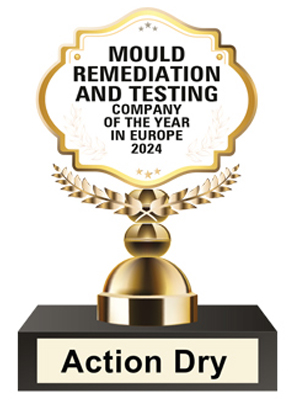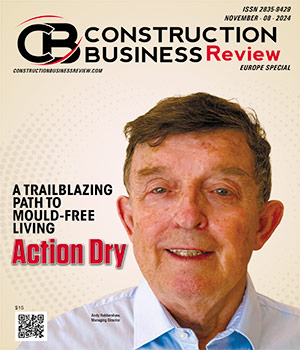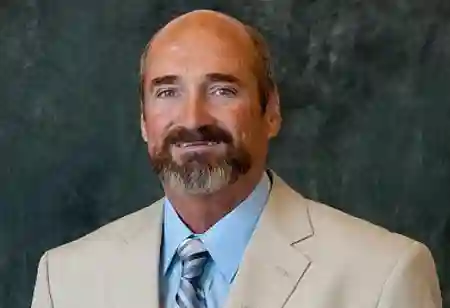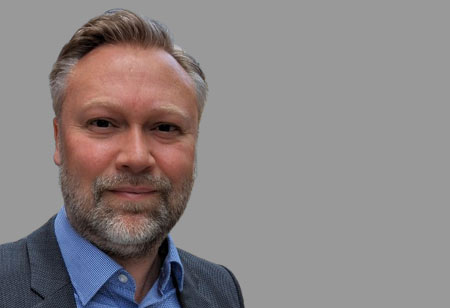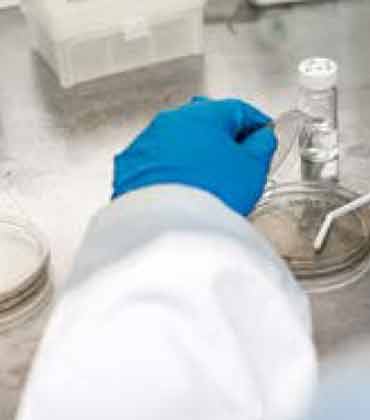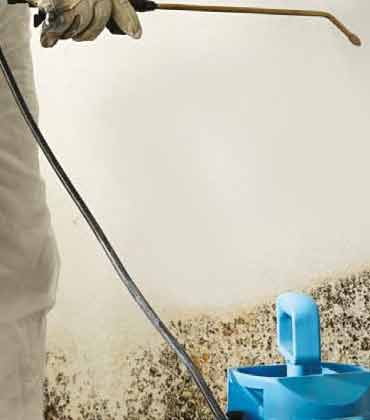Thank you for Subscribing to Construction Business Review Weekly Brief
Mould remediation is akin to navigating a minefield, where success demands more than merely erasing visible damage. It's a journey into the heart of the problem, uncovering and addressing the root causes to transform homes back into sanctuaries of normality and comfort. This meticulous process requires a masterful understanding of mould remediation and a dedication to the highest industry standards. In the high-stakes arena of property restoration, Action Dry stands as a hallmark of expertise and reliability. Grounded in a scientific approach, it offers a comprehensive suite of services, including mould remediation, cutting-edge testing and advanced property drying, each meticulously designed to address every aspect of the issue. Under the visionary leadership of Dr. Suhail Ahmed, Action Dry’s scientific team transforms mould remediation into a precise science, employing innovative techniques to ensure every home is restored with the utmost attention to safety and health. At the helm of the recovery team is managing director Andy Habbershaw, who brings nearly 50 years of hands-on experience, exemplified by his pivotal role on the steering panel for the British Standard PAS 64, the code of practice for mitigating and recovering water-damaged buildings. His son, Alex Habbershaw, brings fresh perspectives and advanced US qualifications, introducing state-of-the-art remediation techniques to the UK market and ensuring the company remains at the forefront of industry innovation. "Everything we do is backed by science, demonstrating that we restore homes and properties to normality and the highest possible standards," says Habbershaw. From Awareness to Action Action Dry proactively addresses mould and mycotoxins, challenges heightened by modern construction practices and increased indoor living, using advanced testing solutions and innovative strategies. While some people believe that mould has always been around and isn't a significant problem, the reality is that the dangers of mould and mycotoxins are often misunderstood, especially with the changing dynamics of the built environment. Modern homes, designed for energy efficiency and airtightness, inadvertently create ideal breeding grounds for mould. Increased indoor time heightens exposure to mould spores and mycotoxins, posing serious health risks. This lack of awareness is further complicated by misinformation and misleading advice online, creating a landscape of misconceptions that Action Dry aims to clarify and address. A poignant example that brought this issue to the forefront is the tragic case of Awaab Ishak, a young vulnerable boy who succumbed to long-term mould exposure in his home in Rochdale, Greater Manchester. Such incidents underscore the urgent need for accurate information and effective remediation – especially for the vulnerable section of society.
CXO INSIGHTS

Revolutionizing Construction: The Marvels of Modular Construction
Ivan Bevilacqua, Project Leader Control Italia, Impresa Pizzarotti & C. S.p.A

Safety: Soletanche Bachy goes into virtual reality to master risks!
Antoine Morand, Group Health & Safety Director, Terre Armee.
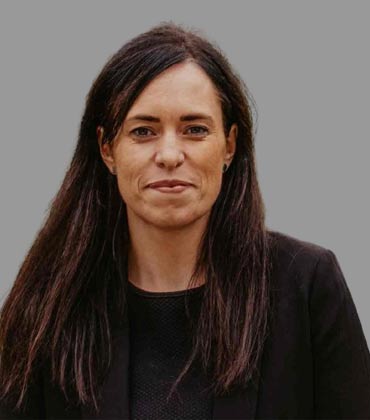
Social Value: Investing in the Legacy of our Projects
Suzanne Lutton, Head of Social Value and Stakeholder Engagement at Farrans Construction
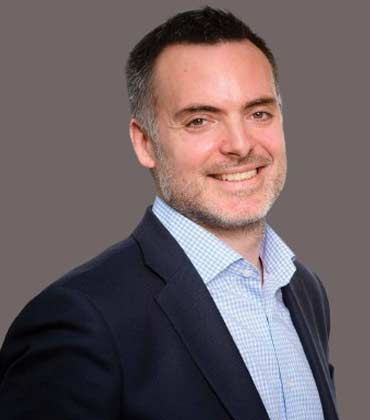
Upskilling The Workforce for Safer Offshore Operations
Matthieu Jaunatre, Head of Project Controls & Risk Management, Ørsted
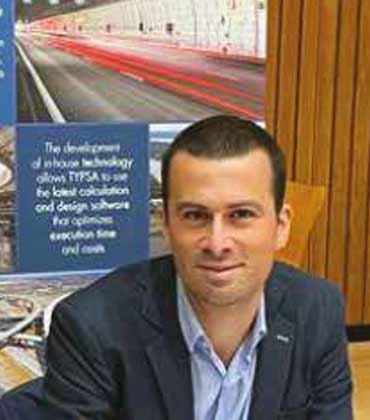
The Evolution and Modern Challenges of Prefabrication in Concrete Construction
Marco Bonomo, Head of Structural Department (UK & Ireland), TYPSA
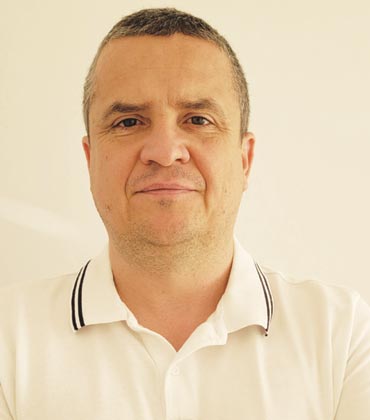
The Evolution and Future of Prefabricated Construction in Poland
Marcin Dudrak, Construction Manager, Gülermak Heavy Industries Construction & Contracting
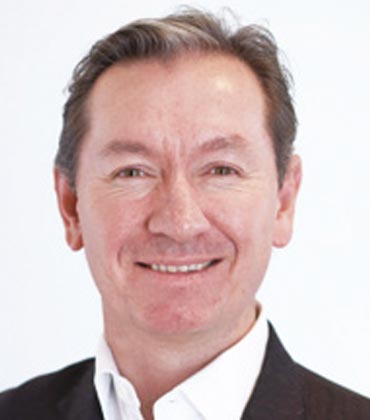
Embracing Precast Concrete in Modern Construction
Stuart Marsh, Senior Associate Principal, Structural Engineer, Skidmore, Owings & Merrill (London)
IN FOCUS
EDITORIAL
Mould Remediation in Europe Gets an Eco-Boost
Mould remediation is crucial for healthy indoor environments, especially in damp regions like Europe. There is a growing trend toward eco-friendly, sustainable alternatives to traditional chemical-based methods. These green solutions protect indoor air quality and minimise environmental impact, aligning with Europe’s broader ecological stewardship and sustainability commitments. Sustainable mould remediation techniques utilise non-toxic cleaning agents like hydrogen peroxide and vinegar and mechanical methods such as dry ice blasting and HEPA vacuuming for eco-friendly solutions. Preventative measures, such as enhanced ventilation, using green building materials, moisture control, and biodegradable mould barriers, are critical in curbing mould growth and supporting long-term sustainability. European environmental policies, including the European Union’s Green Deal, emphasise the importance of sustainable practices across the construction, housing, and healthcare sectors. Mold remediation companies increasingly turn to green solutions to meet regulatory requirements and respond to consumer demand for environmentally responsible products and services. Organisations such as the European Environmental Bureau (EEB) and various national agencies advocate for stricter controls on harmful chemicals in household products, promoting safer alternatives that benefit both people and the planet. As environmental awareness continues to grow, the future of ecofriendly mould remediation in Europe is expected to evolve further. Advancements in biotechnology may drive the development of more effective natural agents for mould control, eliminating the need for hazardous chemicals. European policymakers will likely continue influencing industry standards, pushing for greener, more sustainable remediation practices. This edition, Mould Remediation and Testing 2024 features Action Dry further exploring how a collaborative approach to mould management should be a cornerstone of any construction strategy. The magazine also presents insights from Rocky Plemons, Vice President of Construction, Integrated Services, Fluor Corporation, and Jakob Nielsen, Global Head of HSE, Northland Power. We hope these valuable insights from industry leaders featured in this edition will assist you in making informed decisions for your businesses. Let us know your thoughts.

